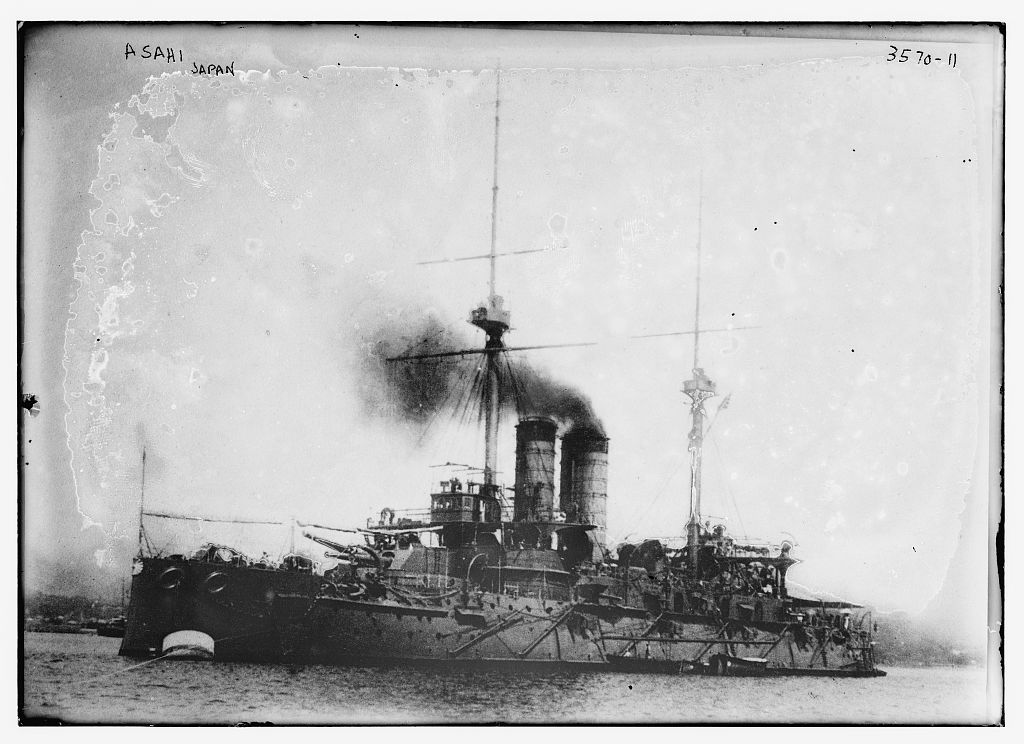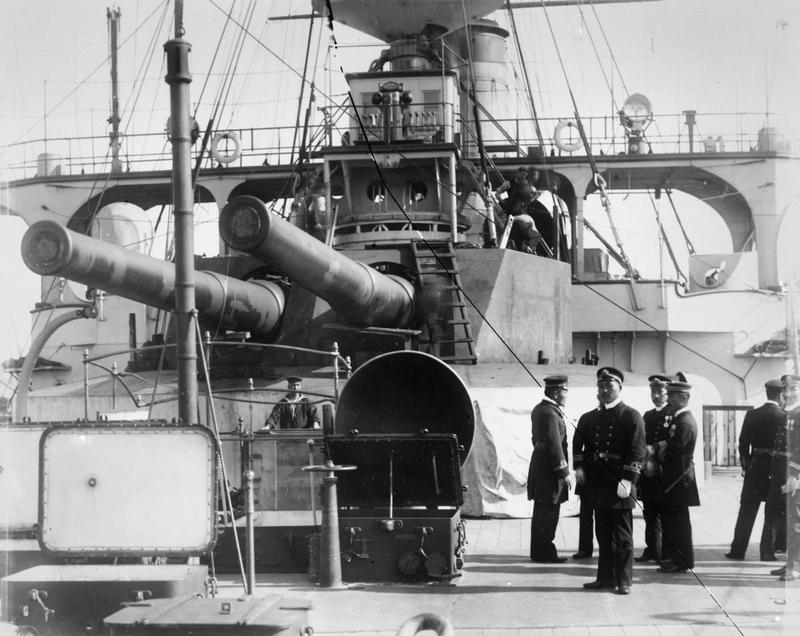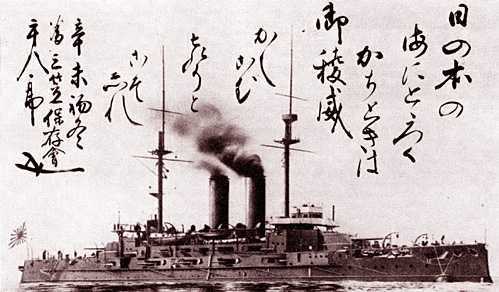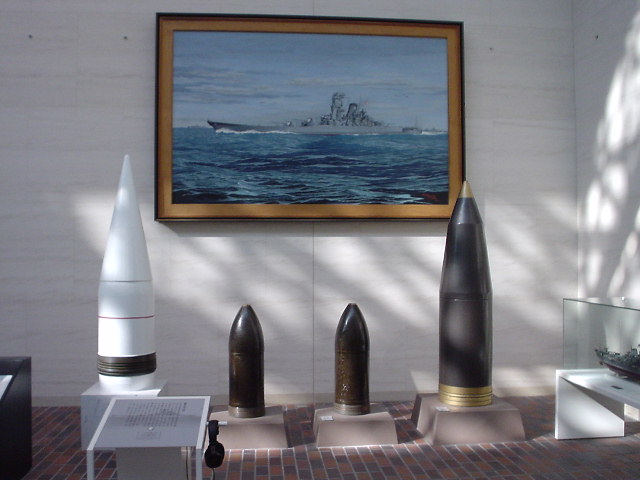|
At the Battle of the Yellow Sea (10 August 1904 Battle or Battle of Shantung) during the Russo-Japanese War, the Japanese battleships Mikasa, Asahi and Shikishima all had one of their 12" (30.5 cm) guns disabled due to bore prematures traced to faulty fuzes. New fuzes were designed and in service prior to the Battle of Tsushima (Battle of the Japan Sea) the following year. According to the report of RN observer Captain Parkenham, these redesigned fuzes did not improve the armor penetration, they simply prevented bore prematures. However, Mikasa still lost one barrel during this later battle due to a bore premature of a Common shell. The Japanese purchased at least 44 of these guns, which gave them twenty spare barrels. Mikasa had these guns replaced with the more powerful 12"/45 (30.5 cm) when she was rebuilt following the Russo-Japanese War. Redesignated as 41st Year Type on 25 December 1908. Redesignated in centimeters on 5 October 1917. Actual bore length was 40.4 calibers. |

Japanese pre-dreadnought Asahi
|

12"/40 (30.5 cm) turret on Asashi
|

IJN Mikasa
When the battleship Mikasa was retired in 1926, the Mikasa Preservation Association was formed to preserve her as a memorial ship. Admiral Togo was still alive at that time and is apparently the author of this poem. The association was disbanded at the end of World War II but reformed in 1958. My thanks to Dennis Khong and Eddie Khoo for translating this inscription. |

Projectile Display at Yûshûkan
Museum at the Yasukuni Shrine in Tokyo, Japan
|
| .
See Pr 13 |